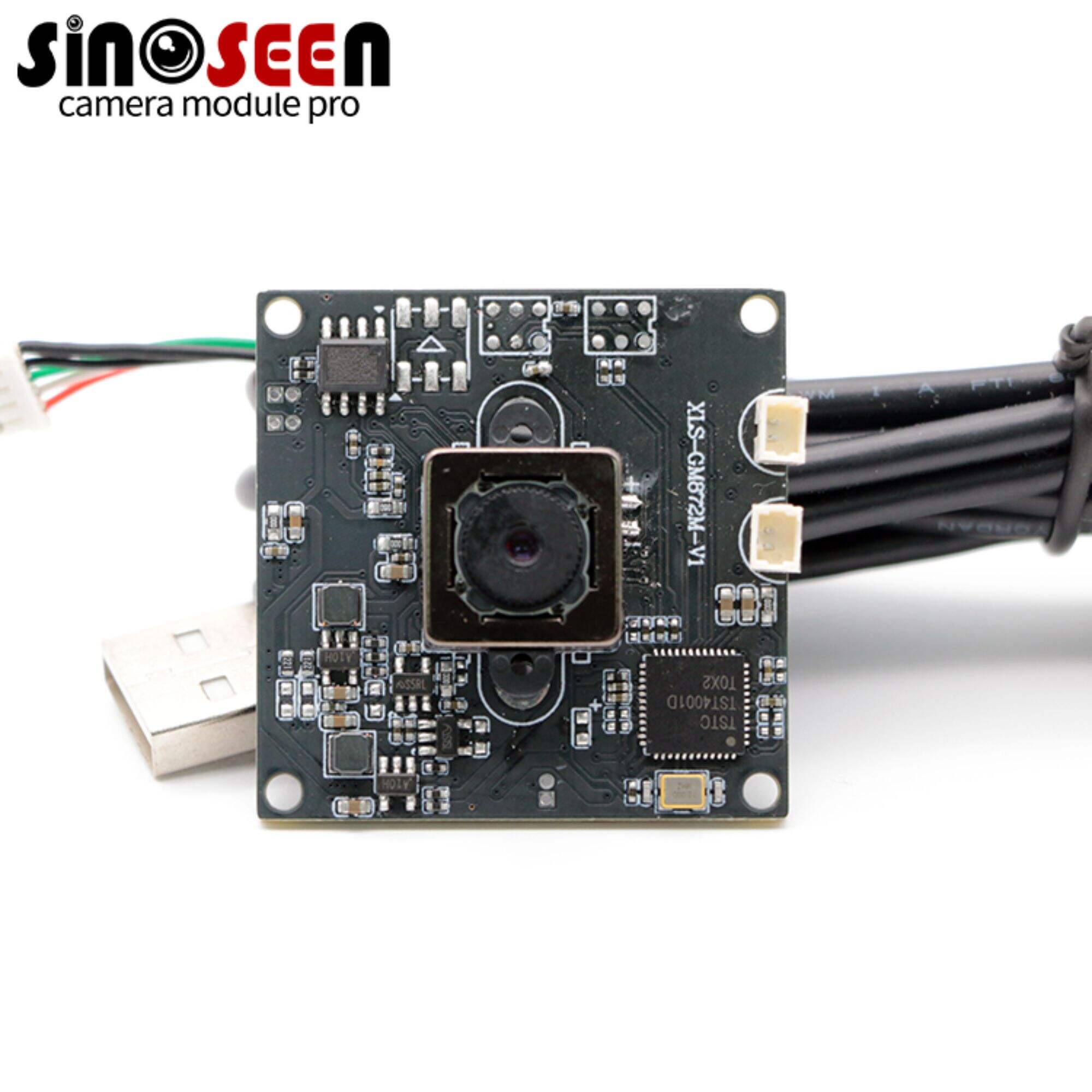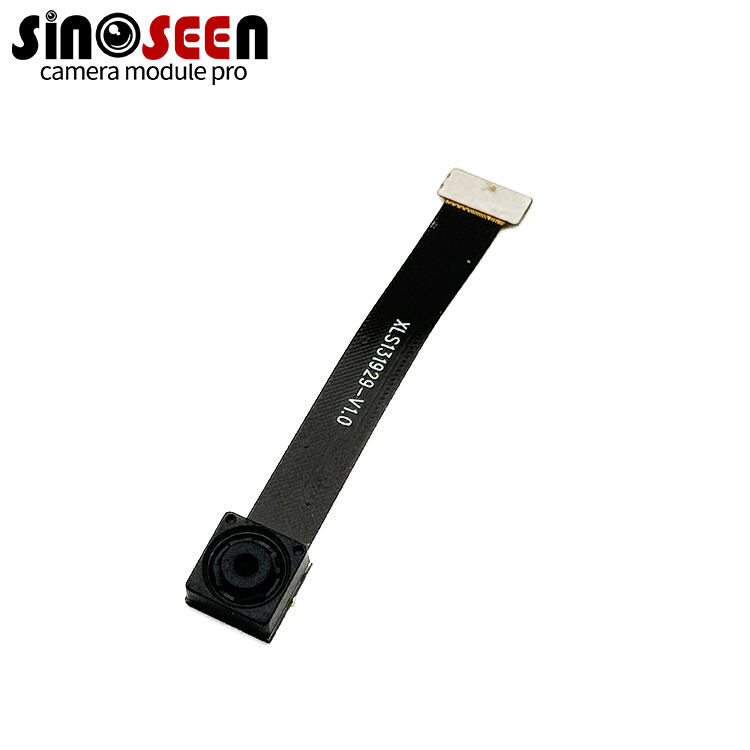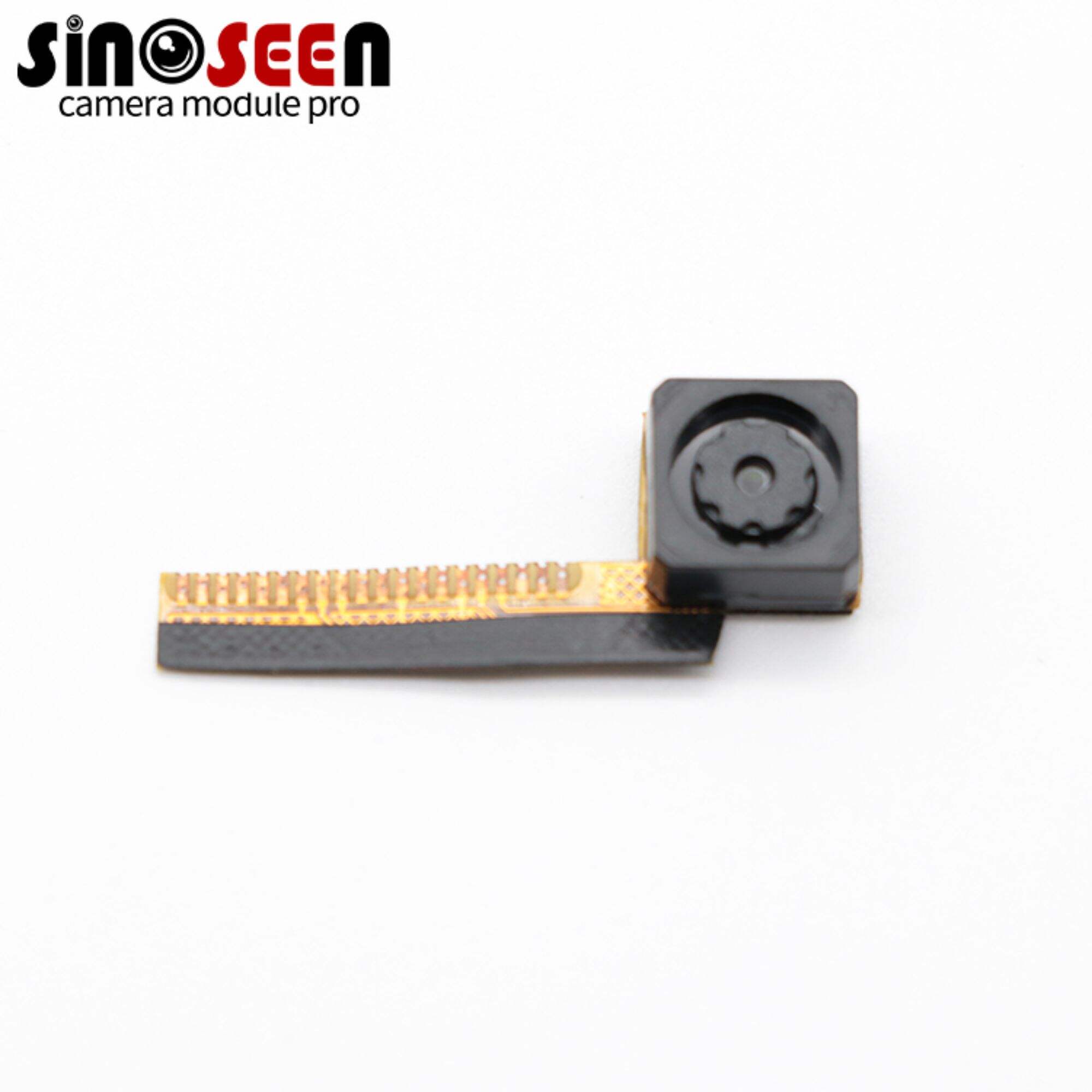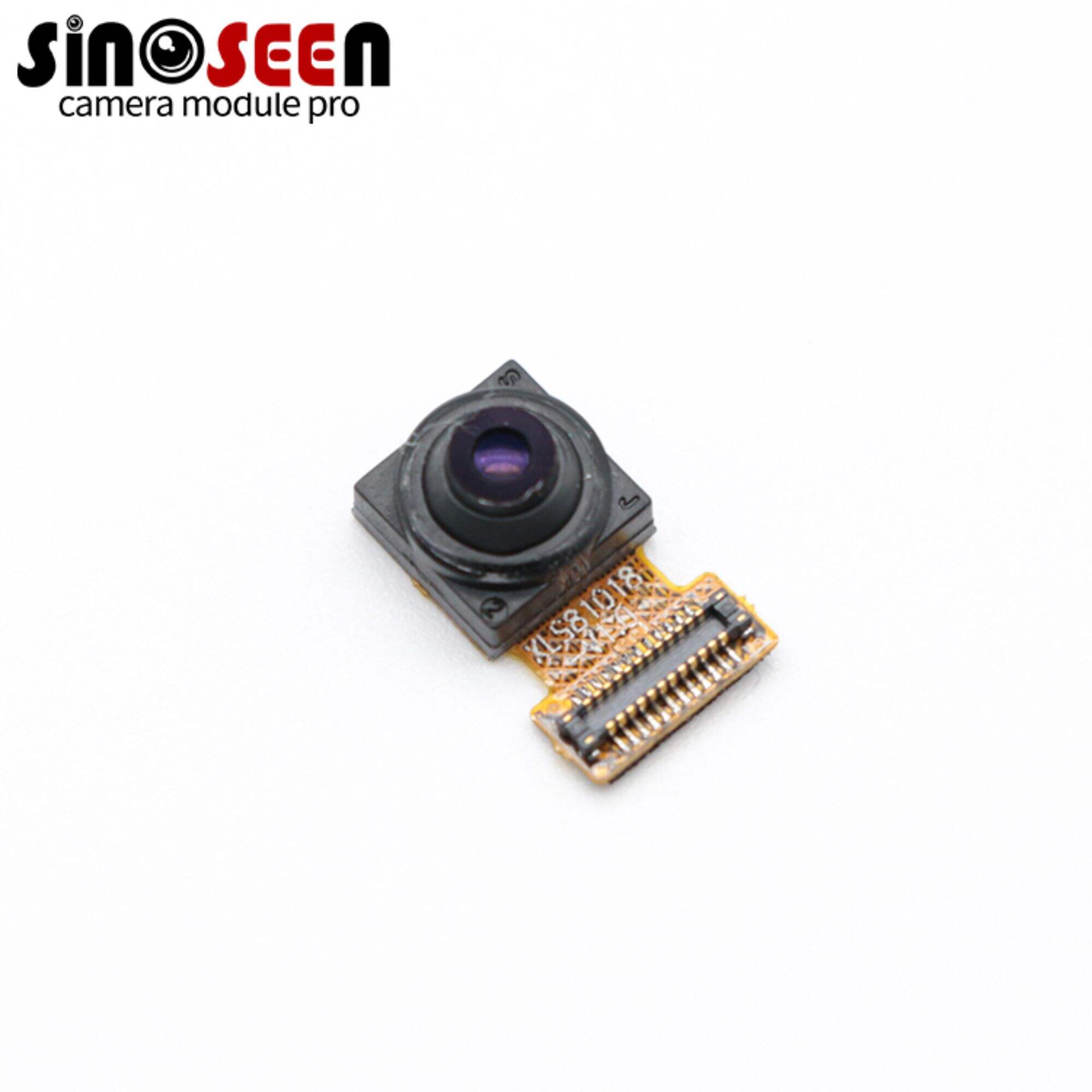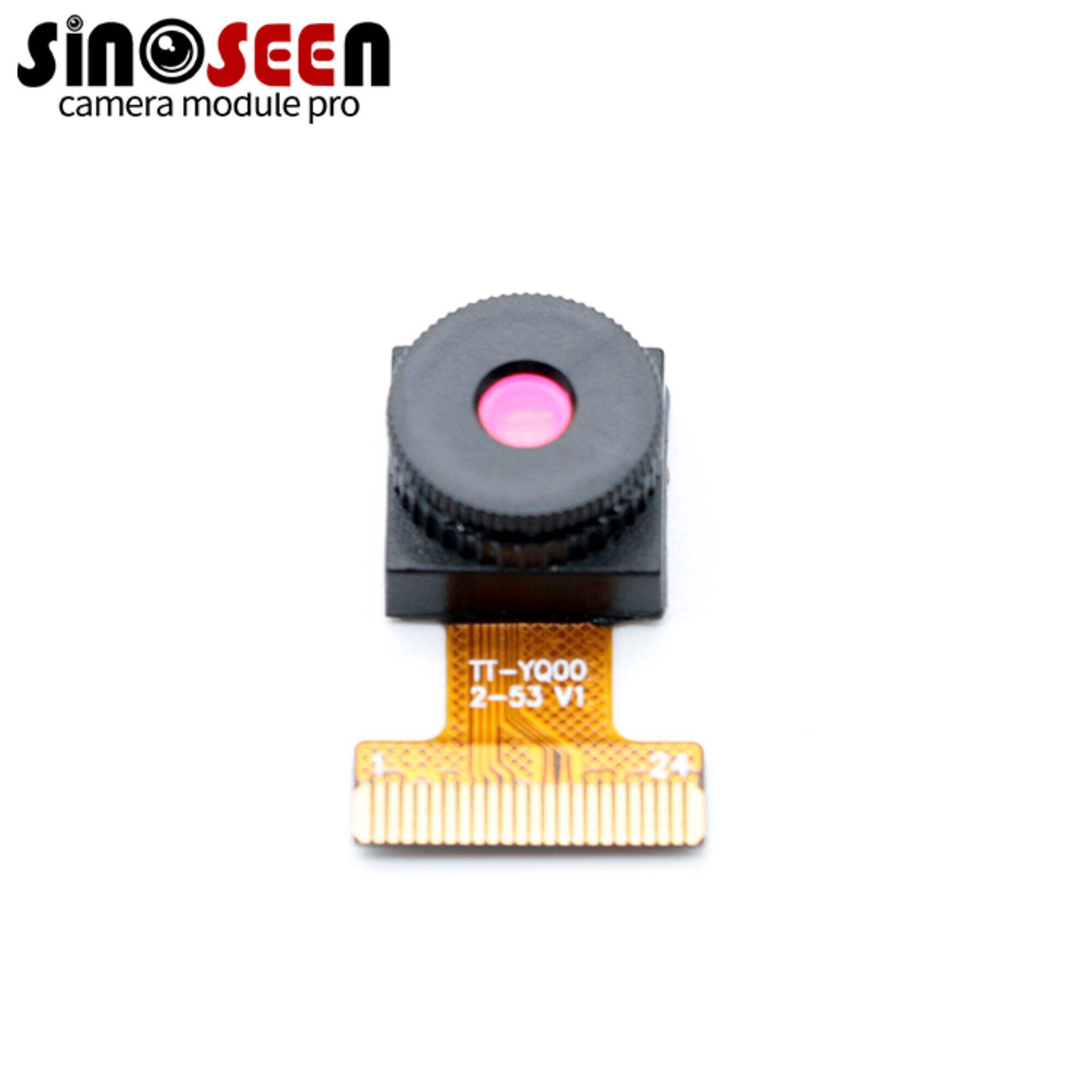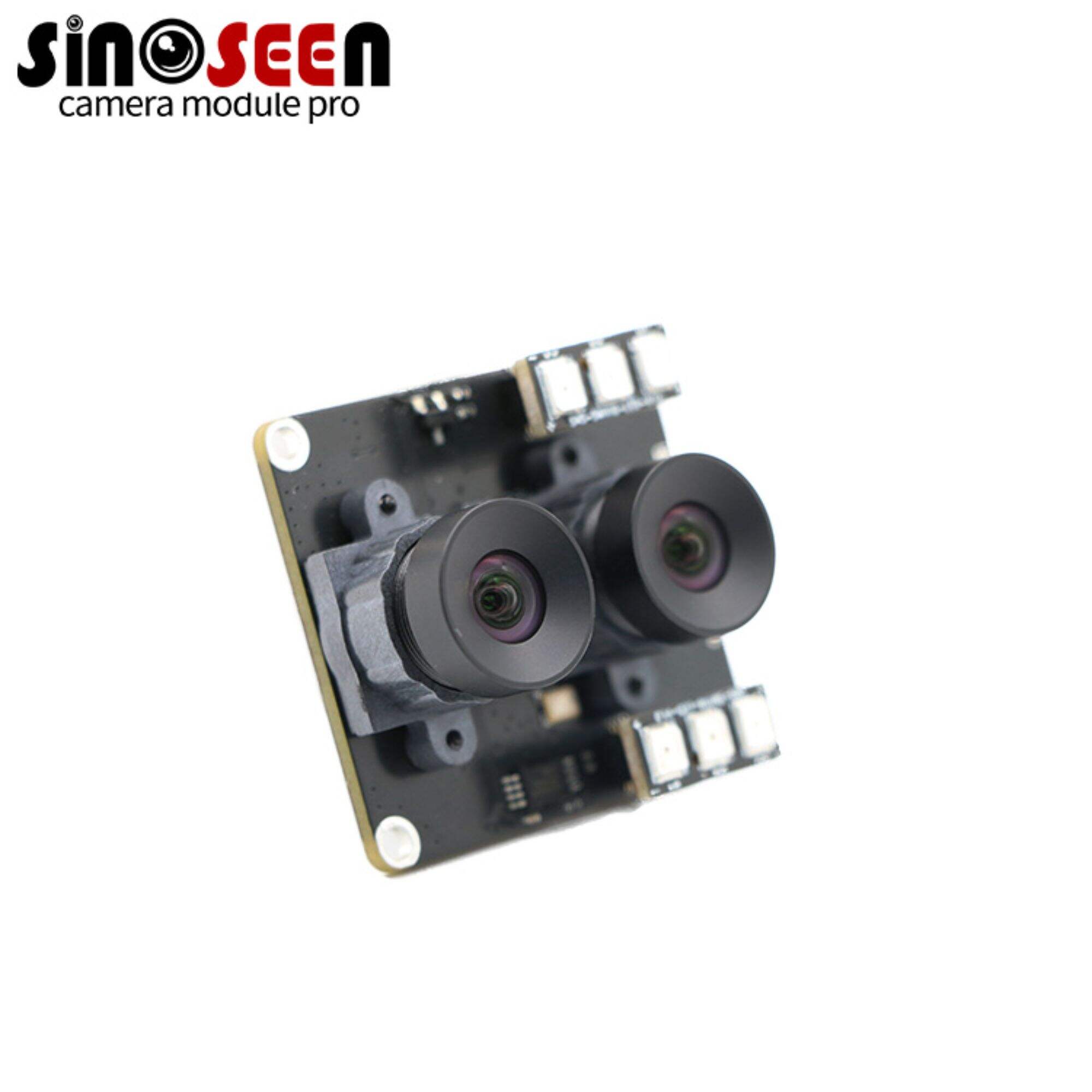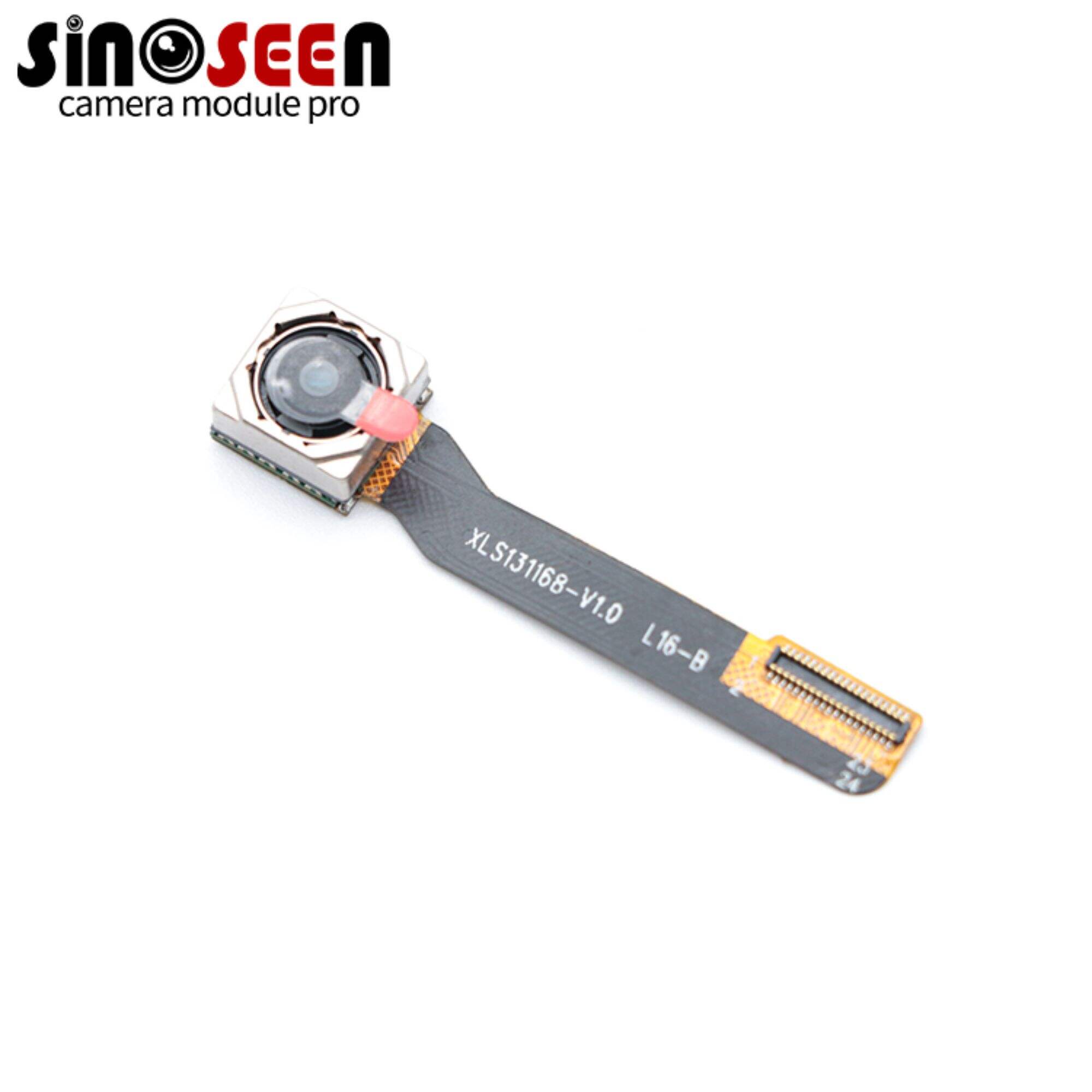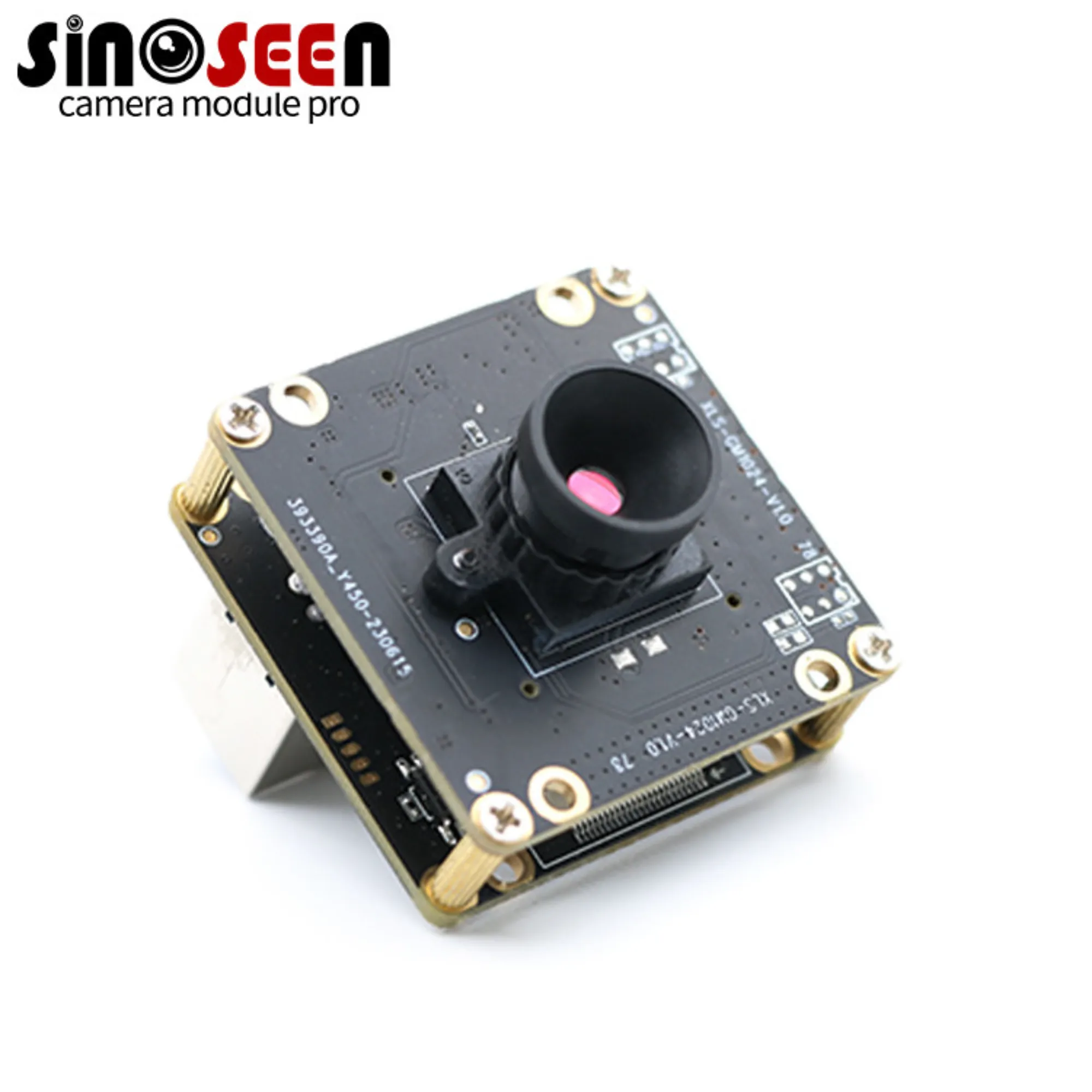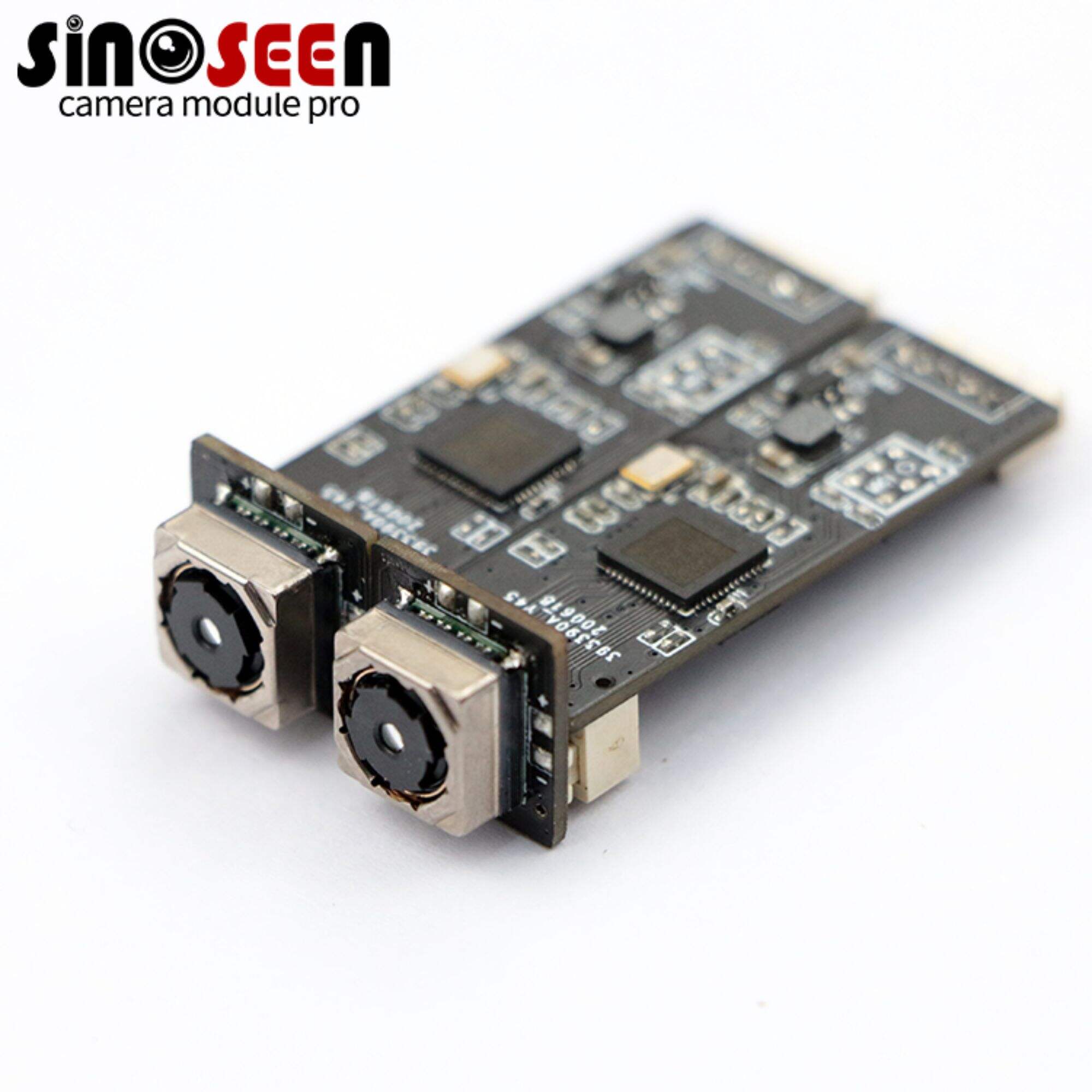Understanding Rolling Shutter vs. Global Shutter
I'm sure everyone interested in cameras is no stranger to shutters. The shutter is a fundamental component of the camera that plays a vital role in determining the quality and accuracy of the captured image, and it is essential in both mechanical and electronic cameras.
And since camera sensors of different formats read pixel signals in different ways, the common types of shutters we see can be categorized as: global shutter and rolling shutter. Let's take a closer look at the advantages and disadvantages of global and rolling shutters.
ROLLING VERSUS GLOBAL SHUTTER
What Is Global Shutter?
Often used to capture moving objects, global shutters work by capturing an image by exposing all the pixels on the sensor at the same time and reading out all the pixels at once. This means that the images captured by cameras using these sensors are taken at a single point in time, ensuring clear, undistorted pictures. And because global shutter requires more complex and expensive sensor designs, global shutter is typically used on CCD and EMCCD cameras and high-end CMOS sensors that can operate for ‘full-frame’ imaging devices.
Additionally, while this shutter mode does not capture images without time lag, it is relatively slow to read, especially on CCD/EMCCD cameras with only one analogue-to-digital converter (ADC). The more pixels on the sensor, the slower the frame rate. A global shutter also reduces the camera's response speed. In addition, a global shutter may result in increased read noise and a longer duty cycle for the camera.
Advantages of Global Shutter
- No Motion Artifacts: Global shutters eliminate motion artifacts such as skewing, wobbling, and the "jello effect," resulting in more accurate and distortion-free images.
- Improved Image Quality: The absence of motion artifacts and distortions leads to higher image quality, making global shutters ideal for professional photography and videography.
- Accurate Motion Capture: Global shutters are well-suited for capturing fast-moving subjects and scenes with rapid motion, ensuring that the captured image accurately represents the scene.
Disadvantages of Global Shutter
- Higher Cost: Global shutters are generally more expensive to manufacture, making them less common in consumer electronics and more prevalent in professional-grade cameras and equipment.
- Higher Power Consumption: Global shutters typically consume more power compared to rolling shutters, which can be a drawback for battery-operated devices.
- Lower Resolution and Frame Rates: Global shutters may have lower resolutions and frame rates compared to rolling shutters, limiting their use in certain high-definition applications.
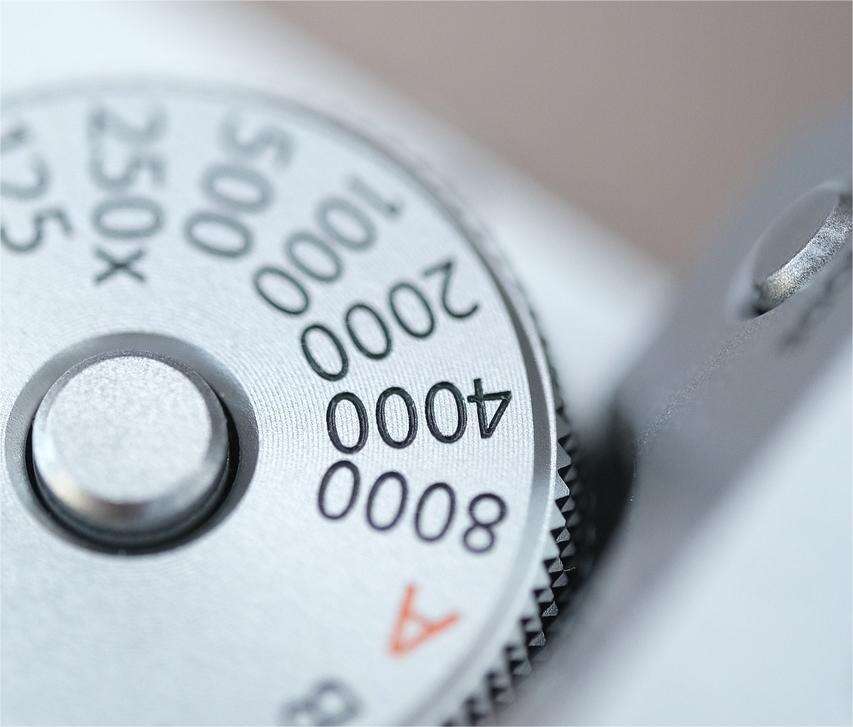
What is Rolling Shutter?
Unlike a global shutter, a rolling shutter reads the scene horizontally or vertically by scanning it line by line as the sensor exposes pixels, and the read data ‘rolls’ along the camera's sensor rows, hence the name rolling shutter. This also means that the images generated by a rolling shutter are not in the same unit of time, and there is a time delay within it, which can lead to distortion, artefacts, etc. in the resulting image.
Commonly, a rapid panning of the shutter will result in a distorted image. The top and bottom of the image may appear to be tilted or stretched while the centre remains the same. This occurs when objects move quickly through the frame, making them appear stretched or distorted.
Rolling shutter cameras are usually cheaper than global shutter cameras and are also widely used in CMOS (Complementary Metal Oxide Semiconductor) sensors because they are cost-effective and easy to integrate into a variety of devices.
Advantages of Rolling Shutter
- Cost-Effective: Rolling shutters are generally less expensive to manufacture, making them a popular choice for consumer electronics such as smartphones and entry-level cameras.
- Lower Power Consumption: Rolling shutters typically consume less power compared to global shutters, which is beneficial for battery-operated devices.
- Higher Resolution: Rolling shutters can achieve higher resolutions and frame rates, making them suitable for high-definition video recording.
Disadvantages of Rolling Shutter
- Motion Artifacts: One of the primary drawbacks of rolling shutters is the presence of motion artifacts, such as skewing, wobbling, and the "jello effect," which occur when capturing fast-moving subjects or during rapid camera movements.
- Distorted Images: Rolling shutters can produce distorted images when capturing scenes with rapid motion, leading to a loss of image accuracy.
Rolling Shutter Artifacts
Earlier we often mentioned the roll-up shutter artefacts. When the camera is imaging or when we move the camera during image acquisition, the camera is susceptible to some imaging artefacts, for example when using long exposure times or motion blur.
In the case of a shutter, additional artefacts may be introduced if the sample or camera movement occurs in a similar range to the frame time. If the CMOS frame time is 20 milliseconds and the sample moves across the frame during that time, ‘rolling shutter artifacts’ can result. However, the distance the sample moves is usually small, such as a few pixels, and this movement is easily captured due to the fast readout speed of each line.
Understanding roll shutter artifacts is critical for photographers and videographers who want to produce high-quality images and video. By identifying the type of distortion and implementing the relevant countermeasures, the visual quality of your work can be significantly improved.Sinoseen offers a wide variety of camera modules, so there's one for you.
rolling shutter vs global shutter:how to choice?
When we choose whether it is rolling shutter vs global shutter, we need to consider all aspects together.
Motion requirements:
If you need to capture fast moving objects or the camera will be moving fast, it is best to use a global shutter to avoid distortion. For static scenes or slow motion, a rolling shutter will suffice and save money.
Budget:
If budget constraints are significant, rolling shutters offer a more cost-effective solution. But for professional or high-risk applications where image integrity is critical, a global shutter may make sense.
Power management:
For battery-powered or portable equipment, the choice of rolling shutter is critical for power efficiency. A global shutter may be better suited to fixed setups where power consumption is less critical.
Areas of use:
For consumer electronics such as smartphones and sports cameras, roll-up shutters are common due to their cost and power advantages. For specialised areas such as industrial inspection, scientific research and professional video production, global shutters are often required to meet high standards of image quality.
Summary
In a nutshell, scientific cameras that use electronic shutters typically use either a global shutter, which is primarily used by CCD/EMCCD cameras, or a roll-up shutter format, which is used by the more modern CMOS camera format. The choice must be made based on the specific requirements of each application. Global shutter sensors excel in applications that require high quality motion capture and distortion free imaging, in contrast, roll shutters can provide high speeds at the expense of additional artefacts that for most applications do not interfere with use.SInoseen always strives to provide the most suitable camera module for its customers.

 EN
EN
 AR
AR
 DA
DA
 NL
NL
 FI
FI
 FR
FR
 DE
DE
 EL
EL
 HI
HI
 IT
IT
 JA
JA
 KO
KO
 NO
NO
 PL
PL
 PT
PT
 RO
RO
 RU
RU
 ES
ES
 SV
SV
 TL
TL
 IW
IW
 ID
ID
 SR
SR
 VI
VI
 HU
HU
 TH
TH
 TR
TR
 FA
FA
 MS
MS
 IS
IS
 AZ
AZ
 UR
UR
 BN
BN
 HA
HA
 LO
LO
 MR
MR
 MN
MN
 PA
PA
 MY
MY
 SD
SD

